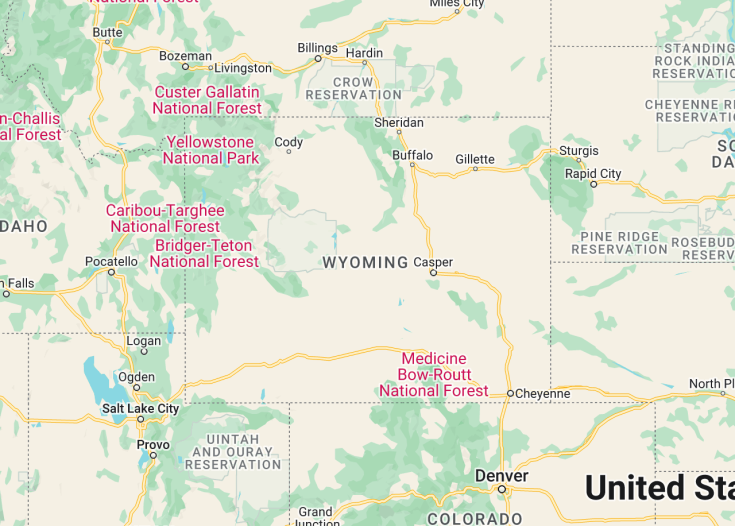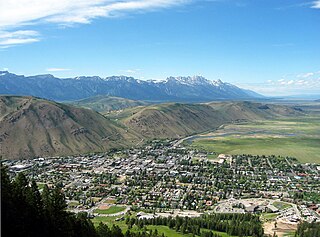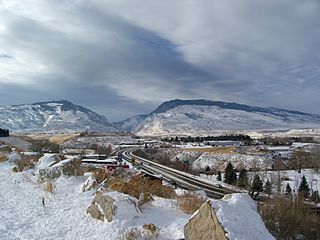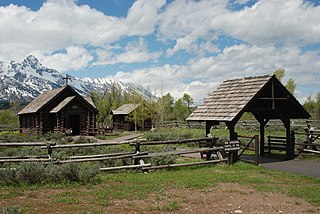Wyoming, the “Equality State”, is a vast tapestry of rugged mountains, sprawling plains, and untouched wilderness. Home to the iconic Yellowstone National Park, Grand Teton National Park, and the historic Oregon Trail, it’s a paradise for nature lovers and history enthusiasts alike. Visitors can expect a journey through landscapes that seem almost otherworldly, from the geysers of Yellowstone to the towering peaks of the Tetons. The rich cowboy heritage, epitomized in towns like Cody and Cheyenne, adds a touch of Wild West allure to this captivating state.
Consider a guided tour to maximize wildlife sightings in Yellowstone and to understand the park’s geothermal phenomena.
Embrace Wyoming’s cowboy culture by attending a local rodeo or exploring historic ranches.
Wyoming: where the wild west meets majestic beauty
| Capital | Cheyenne |
| Time in Wyoming | Mountain Standard Time (MST), GMT-7 |
| Language spoken | English |
| Population | Approximately 580,000 (U.S. Census Bureau, 2020) |
| Religion | Christianity (76%) Unaffiliated (22%) Others (2%) |
| Currency | US Dollar($, USD) |
| Airports | Jackson Hole Airport Casper/Natrona County International Airport Cheyenne Regional Airport |
Wyoming, often referred to as the “Equality State” or “Cowboy State,” beckons with its raw, unspoiled beauty. Its vast plains and towering mountain ranges are reminiscent of an America from days gone by, invoking a sense of wonder among those who tread its lands.
Historically, Wyoming has been a witness to the tales of native tribes, rugged pioneers, and the fervor of the Wild West. The transcontinental railroad, the cattle boom, and the quest for statehood have all etched their tales onto the tapestry of Wyoming’s past. But more than history, Wyoming offers a precious gift: unaltered nature.
Yellowstone National Park, the first national park in the world, resides within Wyoming’s boundaries, drawing millions annually with its geothermal wonders and robust wildlife. The Grand Tetons, with their jagged peaks, stand in solemn grandeur, captivating artists and adventurers alike. These iconic sites, along with countless others, make Wyoming a haven for outdoor enthusiasts, offering activities ranging from hiking and fishing to skiing and rock climbing.
The state also embodies the spirit of the West. Rodeos, ranches, and cowboy culture are intrinsic to its identity. Towns like Cody and Cheyenne provide a delightful mix of western heritage with contemporary amenities, ensuring that visitors can both step back in time and enjoy the comforts of the present.
With its untamed landscapes, rich traditions, and the warm hospitality of its people, Wyoming provides a genuine and enriching travel experience, promising memories that last a lifetime.
Where is Wyoming located?
Wyoming is located in the western United States. It’s bordered by Montana to the north, South Dakota and Nebraska to the east, Colorado to the south, Utah to the southwest, Idaho to the west, and Montana to the northwest.
What is Wyoming famous for?
Wyoming is renowned for its stunning natural landscapes, particularly Yellowstone National Park and the Grand Teton Mountains. It’s also celebrated for its cowboy heritage, rodeos, and as a symbol of the American West.
History
Prehistoric Era: First Peoples
Long before written records were established, various indigenous tribes inhabited the vast landscapes of what is now known as Wyoming. These early inhabitants, including the Shoshone, Arapaho, Cheyenne, and Crow, lived in harmony with the land, following bison herds and relying on the region’s abundant natural resources.
1800s: European Exploration and Expansion
European exploration of Wyoming began in earnest in the early 19th century. Fur traders, led by the likes of John Colter and Jim Bridger, ventured into the region, paving the way for a booming fur trade. The famous Oregon Trail, which facilitated westward migration, passed right through the heart of Wyoming, bringing numerous settlers and adventurers in its wake.
Mid-1800s: Railroad and Development
The establishment of the transcontinental railroad in the latter half of the 19th century brought significant change. Towns sprouted up along the railroad, and the state experienced rapid economic and population growth. In 1868, Wyoming was designated as an official U.S. territory, and on July 10, 1890, it was admitted to the Union as the 44th state.
Late 1800s to Early 1900s: Progressive Era and Women’s Rights
Wyoming is often termed the “Equality State” due to its pioneering role in women’s suffrage. In 1869, the territory became the first in the U.S. to grant women the right to vote, a landmark decision that preceded the 19th Amendment by over half a century. This progressive stance extended to other areas, with Wyoming leading the way in various social and political reforms.
20th Century: Economic Growth and Conservation
Throughout the 20th century, Wyoming capitalized on its rich natural resources. Coal, oil, and natural gas became central pillars of the state’s economy. Simultaneously, the state’s breathtaking natural beauty, epitomized by places like Yellowstone and Grand Teton National Parks, garnered attention. Efforts to conserve these spaces intensified, and tourism emerged as a crucial economic sector.
21st Century: Modern Challenges and Future Prospects
In recent times, Wyoming has grappled with economic diversification, seeking to reduce its reliance on traditional energy sectors as global trends shift towards sustainable energy. The state’s commitment to conservation, combined with its rich cultural heritage, positions it uniquely for the future. As it looks forward, Wyoming remains a testament to the spirit of the American West, a blend of tradition and innovation.
Visit Wyoming
What to see and do in Wyoming
Wyoming offers a plethora of attractions and activities for visitors to enjoy. Here are some highlights:
- Explore Yellowstone National Park, the first national park in the United States, known for its geothermal features, including Old Faithful.
- Visit Grand Teton National Park, famous for its rugged mountains and pristine lakes.
- Go hiking or camping in the Wind River Range, a spectacular mountain range popular among outdoor enthusiasts.
- Experience the iconic cowboy culture at Cheyenne Frontier Days, the world’s largest outdoor rodeo and western celebration.
- Discover the fascinating history of the American West at the Buffalo Bill Center of the West in Cody.
- Take a scenic drive through the Bighorn Mountains and enjoy breathtaking views of the surrounding landscapes.
- Go skiing or snowboarding in Jackson Hole, a renowned winter sports destination.
- Witness the annual migration of thousands of elk in the National Elk Refuge near Jackson.
Events in Wyoming
Wyoming hosts a variety of exciting events throughout the year. Here are some notable events:
- Cheyenne Frontier Days: Held in July, this event features rodeo competitions, concerts, parades, and Western-themed activities.
- Old West Days in Cody: Celebrated during Memorial Day weekend, this event showcases the Old West heritage of the region with rodeos, music, and historical reenactments.
- Grand Teton Music Festival: Held during the summer months, this renowned music festival brings world-class performers to the stunning outdoor setting of Grand Teton National Park.
- Jackson Hole Fall Arts Festival: Taking place in September, this festival celebrates the arts with gallery walks, live music, wine tastings, and art auctions.
Best time to visit Wyoming
The best time to visit Wyoming is during the summer months of June to August when the weather is mild and conducive to outdoor activities. This is also the peak tourist season, so expect larger crowds. Spring (April to May) and fall (September to October) offer pleasant temperatures and beautiful foliage, making them great times for hiking and wildlife viewing. Winter (December to February) is ideal for winter sports enthusiasts as the state boasts excellent skiing and snowboarding opportunities, particularly in areas like Jackson Hole.
Is Wyoming worth visiting?
Yes, Wyoming is definitely worth visiting for those who appreciate natural beauty and outdoor adventures. The state offers breathtaking landscapes, from the geothermal wonders of Yellowstone National Park to the majestic peaks of the Grand Tetons. It is a haven for outdoor enthusiasts, providing opportunities for hiking, camping, fishing, and wildlife observation. Additionally, Wyoming’s rich history and western charm offer a unique cultural experience. However, it is important to note that the state’s remote location and vastness may not be suitable for everyone. Visitors should come prepared and be aware of the potential challenges associated with exploring this wild and rugged landscape.

















